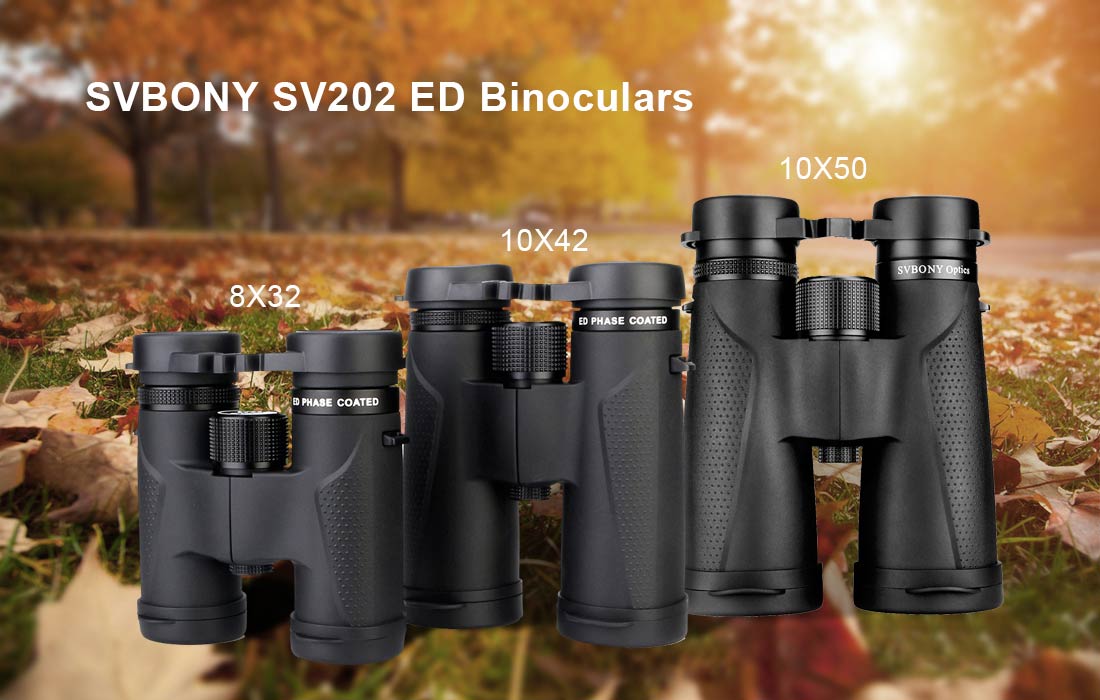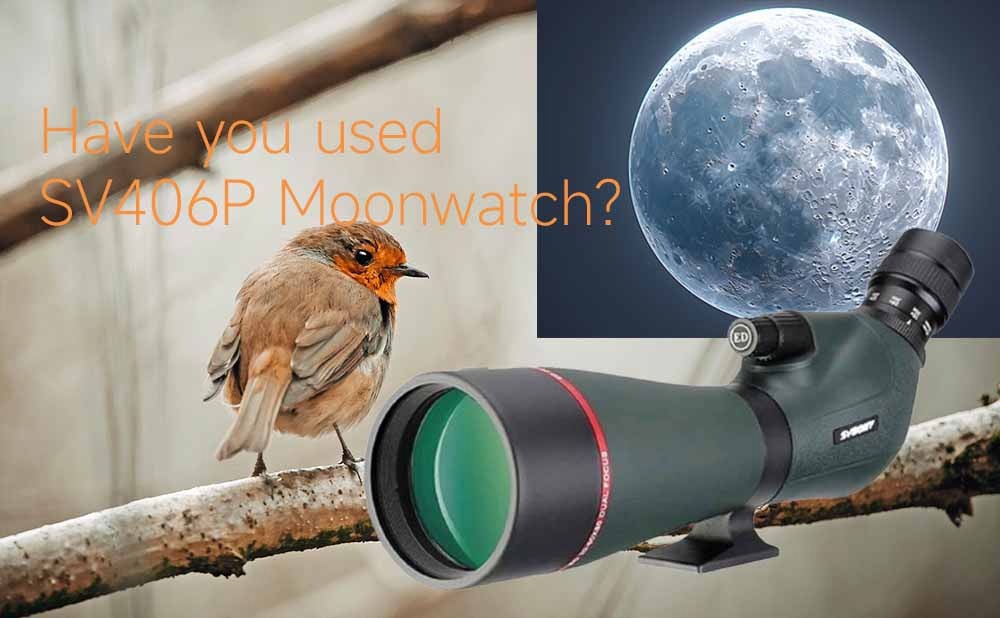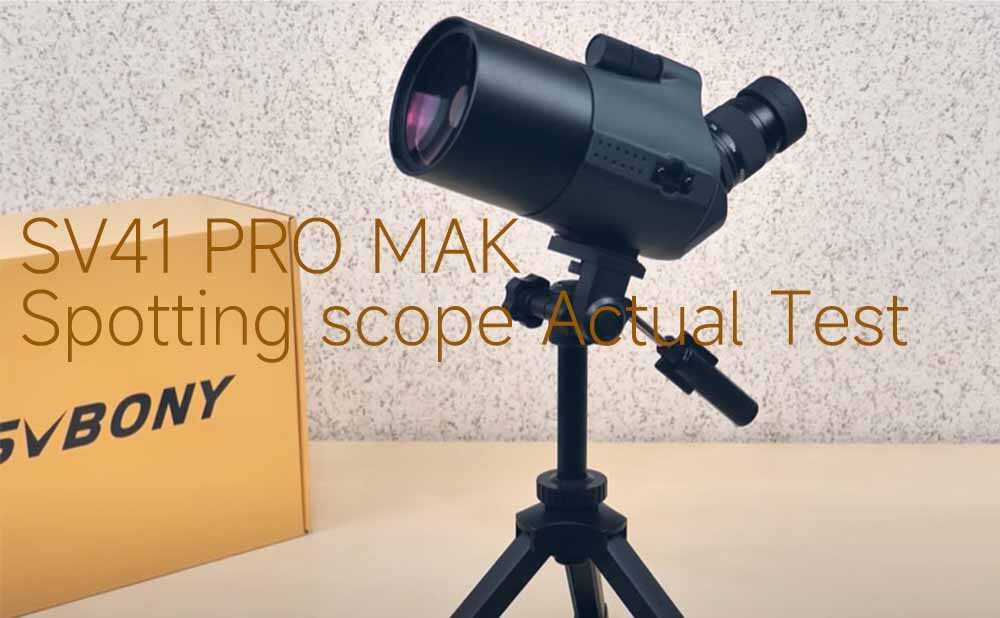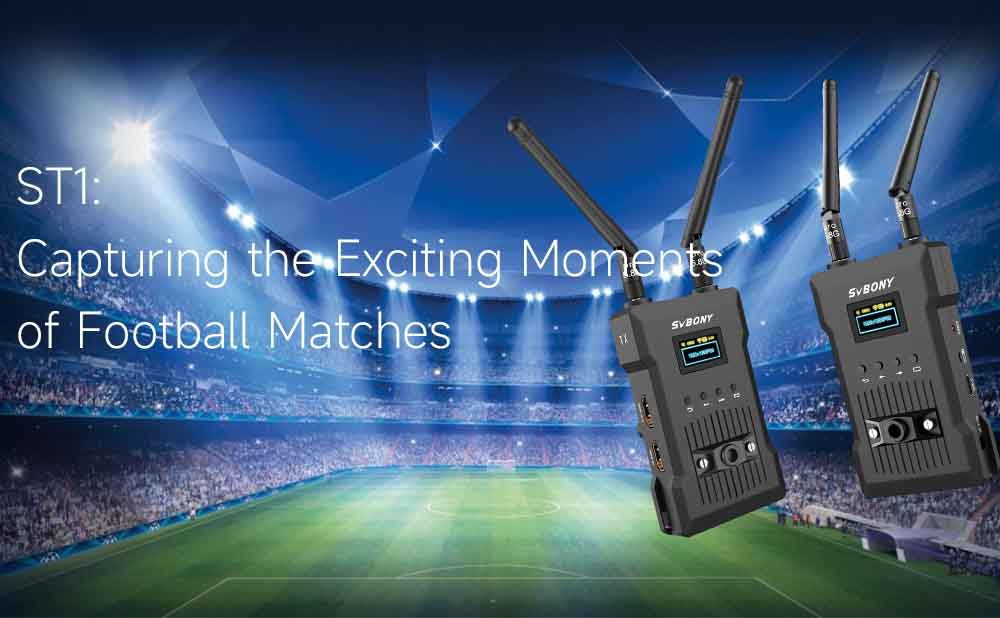Search
What are you looking for?
My Account
What's The Best Kind of Binoculars to Purchase?
What's The Best Kind of Binoculars to Purchase?
- Posted by:sara
- 0 Comments

- What's The Best Kind of Binoculars to Purchase?
- This depends on two factors:
- 1.How you intend to use them
- 2.Your budget
- If you need different binoculars for astronomy and birdwatching, You can pay a thousand GBP, EUR or USD, or more, for a really good pair; but you can get a serviceable pair for a tenth of that, or if you’re lucky much less.
- Binoculars have two measurements; you’ll see them expressed as “7x35” or “10x40”.
- The first number is the magnification. You might think higher is always better, but if you are hand-holding them, they will magnify every shake you make. For hand holding, 7x or 8x is best. For astronomy, say, you might want 10x or 20x, on a tripod. Avoid “zoom” binoculars, with adjustable magnification, that gimmick is traded against quality.
- The second number is the diameter, in millimetres, of the “big” end. The bigger the number, the more light they let in, and so the brighter the image - but the heavier they are, and that’s significant if you have shakes, or will be using them all day. Big lenses also mean narrower field of view. For birdwatching 30-42 is usual.
- A third factor is whether or not they are “gas sealed” (or “nitrogen filled”). Better pairs are, and will not let in water. You can even wash them. After using a pair that are not, in the rain, they can mist up internally, and that can leave a permanent residue on the inside of the lenses. Obviously, your need for this depends on where you live!
-
Bak4 SV202 Extra-Low Dispersion ED Binoculars

- Extra-Low Dispersion (ED) objective lenses provide high resolution, high contrast images virtually free of optical defects like chromatic aberration (color fringing). BaK-4 prisms increase contrast and resolution for sharper more detailed images. SMC Coating( super-multi coating)







